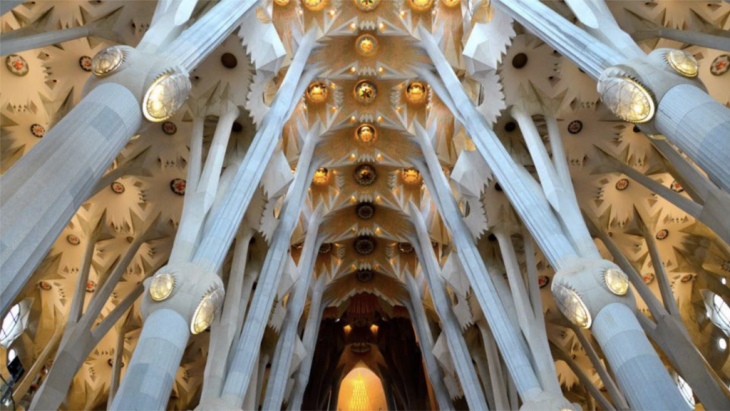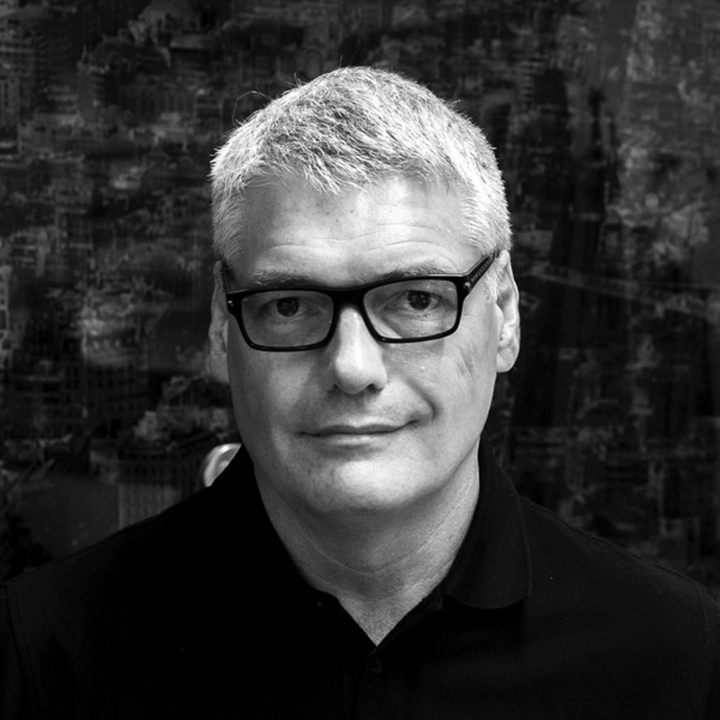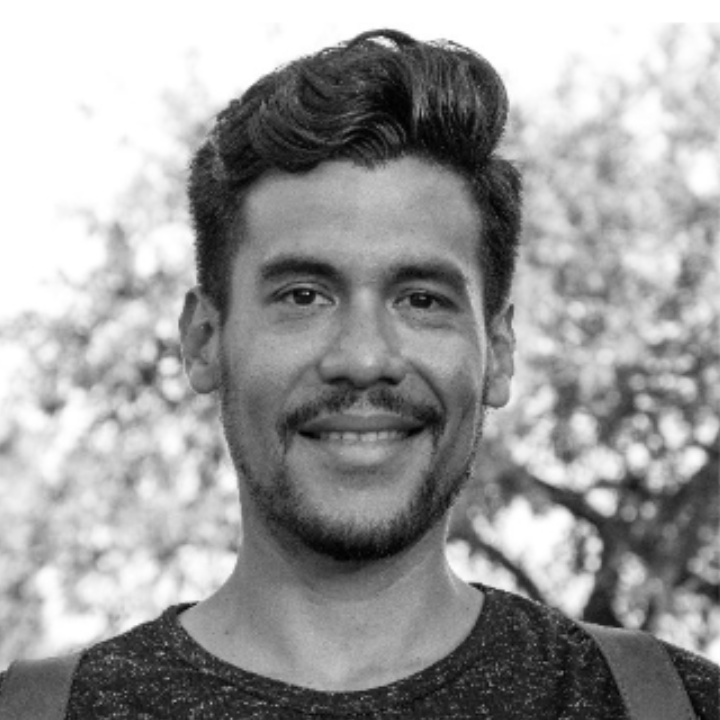BIFURCATION
From Computation to Composition
Senior Faculty: Mark Burry
Faculty: Rodrigo Aguirre
 Credits: Google image
Credits: Google image
SYLLABUS
Learning from his design for the unfinished Colònia Güell chapel (1898-1914) Antoni Gaudí wanted the structure for the Sagrada Família Basilica (1882 – ongoing) to be ‘equilibrated’, and calculated accordingly. By equilibrated we mean that the gravity forces for the whole basilica are directed axially through the columns: each column is therefore aligned to meet these forces as efficiently as possible through their axes. As a calculated optimised solution, every column is positioned slanted rather than vertical, which is atypical compared with what we are used to seeing in the majority of buildings. The Sagrada Família Basilica is, therefore, a visual representation of the accommodation of gravity loading at work.
Columns on their own will not efficiently accommodate all the forces being grounded unless they subdivided through branching-up in order to meet the masses that they are required to support. The lyricism of Gaudí’s expression of worship beneath the canopy of a petrified forest is therefore matched by a lyrical structural solution.
Poetic in its simplicity, such a solution nevertheless introduces formal complexity: how do we make branching columns, and what is the nature of the joint between trunks and branches?
This workshop will look at the following challenge: the description and representation of columns and the creation of a potentially underlying geometrical guide, and how we branch columns and join them elegantly to the trunk. To do so, we will focus on a workflow from computation to composition, based on parametric design software.
LEARNING OBJECTIVES
At course completion the student will:
- Learn… Gaudi’s method
- Implement… Parametric thinking
- Understand… possibilities
- Apply… learnings
- Create… design workflow
EXERCISE
Students divided into groups will develop a branching columns system exploring the possible deployment in transport hubs: how to create vast closed spaces by connecting vertical structural components to the ceiling enclosure.
For the final presentation, all groups have generated a 3d printing file for the project to be printed remotely.
FACULTY

Mark Burry is a New Zealand architect, who is currently the Professor of Innovation and Director of the Spatial Information Architecture Laboratory at RMIT University, Melbourne, Australia. He is also Executive Architect and Researcher at the Temple Sagrada Familia in Barcelona, Catalonia, Spain. Previously, Burry has been a visiting professor at the University of Liverpool, the Massachusetts Institute of Technology, the Universitat Politecnica de Catalunya and Victoria University of Wellington. He has collaborated with Gehry Partners LLP, dECOi Paris, Foster and Partners and Arup and was a member of the Prime Ministers Science, Engineering and Innovation Council in 2005 as part of the working group examining the role of creativity in the innovation economy. He has received degrees from the University of Cambridge. He is a current Australian Research Council Federation Fellow.

Rodrigo Aguirre is a Nicaraguan architect specialized in the fields of parametric tooling, digital fabrication and manufacturing. He obtained his bachelor in architecture at UAM (American University) in Managua, Nicaragua and completed the two-year master in advanced architecture at the Institute for Advanced Architecture of Catalonia (IaaC) in Barcelona, Spain. He is a principal member of the computational faculty and has acted as studio instructor for the master’s program since 2014. His ongoing collaboration with the Institute ?s REsearch + DEvelopment department and IAAC special projects have involved advanced form-finding and computational methods related to generative design. His labour as a ‘Tallerista’ has led to his involvement with workshops related to the translation of computational protocols to the fabrication of physical prototypes.